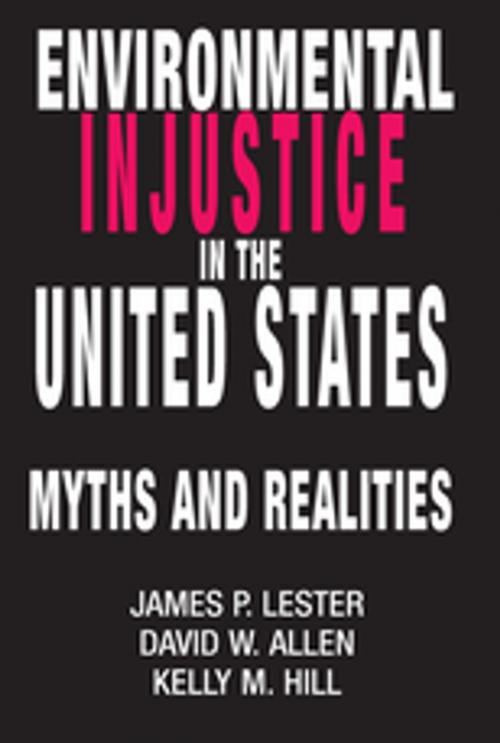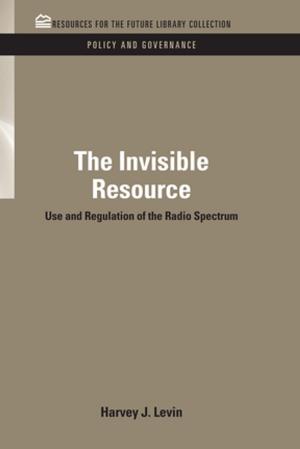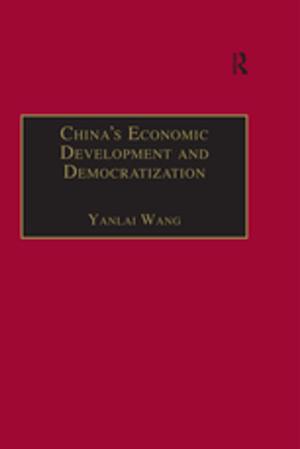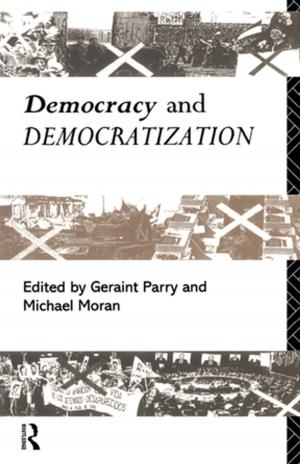Environmental Injustice In The U.S.
Myths And Realities
Nonfiction, Social & Cultural Studies, Political Science| Author: | James Lester | ISBN: | 9780429980411 |
| Publisher: | Taylor and Francis | Publication: | February 23, 2018 |
| Imprint: | Routledge | Language: | English |
| Author: | James Lester |
| ISBN: | 9780429980411 |
| Publisher: | Taylor and Francis |
| Publication: | February 23, 2018 |
| Imprint: | Routledge |
| Language: | English |
Environmental Injustice in the United States provides systematic insight into the social, economic, and political dynamics of environmental decision-making, and the impacts of those decisions on minority communities. The first part of the book examines closely the history of the environmental justice movement and the scholarly literature to date, with a discussion about how the issue made the public agenda in the first place. The second part of the book is a unique quantitative analysis of the relationship among race, class, political mobilization, and environmental harm at three levels-- state, county, and city. Despite the initial skepticism of the authors, their study finds both race and class to be significant variables in explaining patterns of environmental harm. The third part of the book then offers policy recommendations to decisionmakers, based on the book's findings. It was named a Choice Outstanding Academic Book of 2001.
Environmental Injustice in the United States provides systematic insight into the social, economic, and political dynamics of environmental decision-making, and the impacts of those decisions on minority communities. The first part of the book examines closely the history of the environmental justice movement and the scholarly literature to date, with a discussion about how the issue made the public agenda in the first place. The second part of the book is a unique quantitative analysis of the relationship among race, class, political mobilization, and environmental harm at three levels-- state, county, and city. Despite the initial skepticism of the authors, their study finds both race and class to be significant variables in explaining patterns of environmental harm. The third part of the book then offers policy recommendations to decisionmakers, based on the book's findings. It was named a Choice Outstanding Academic Book of 2001.















